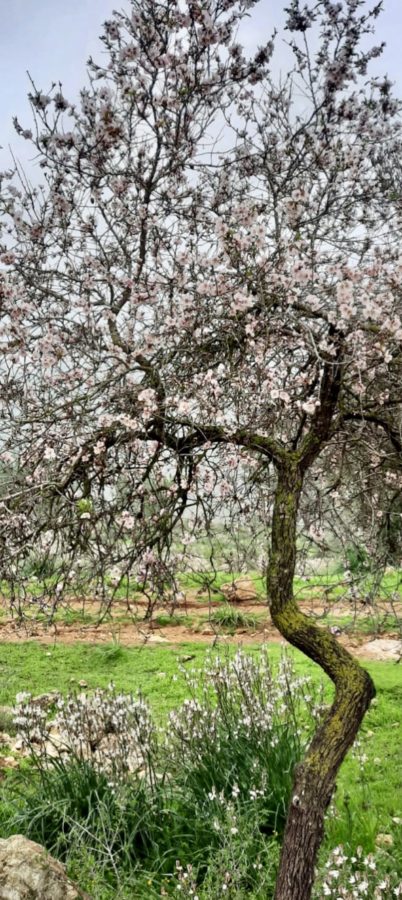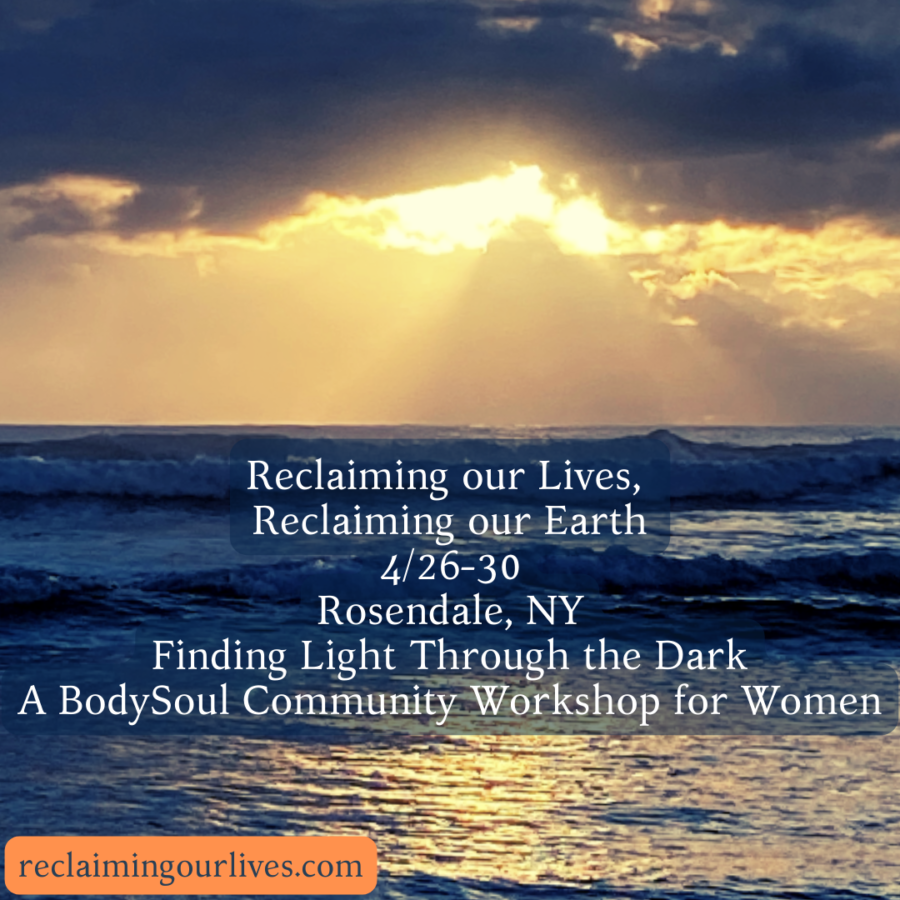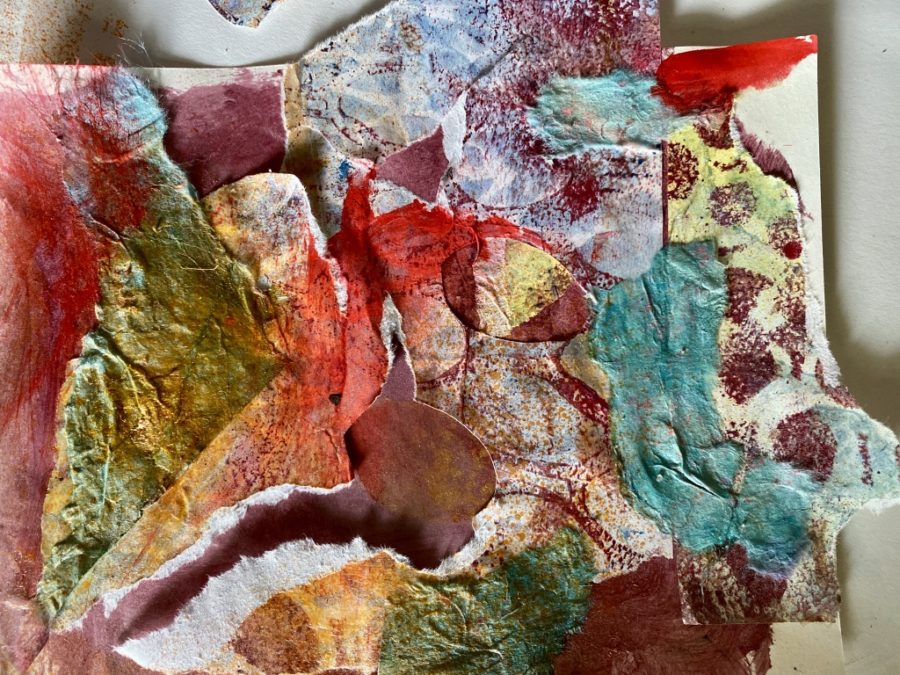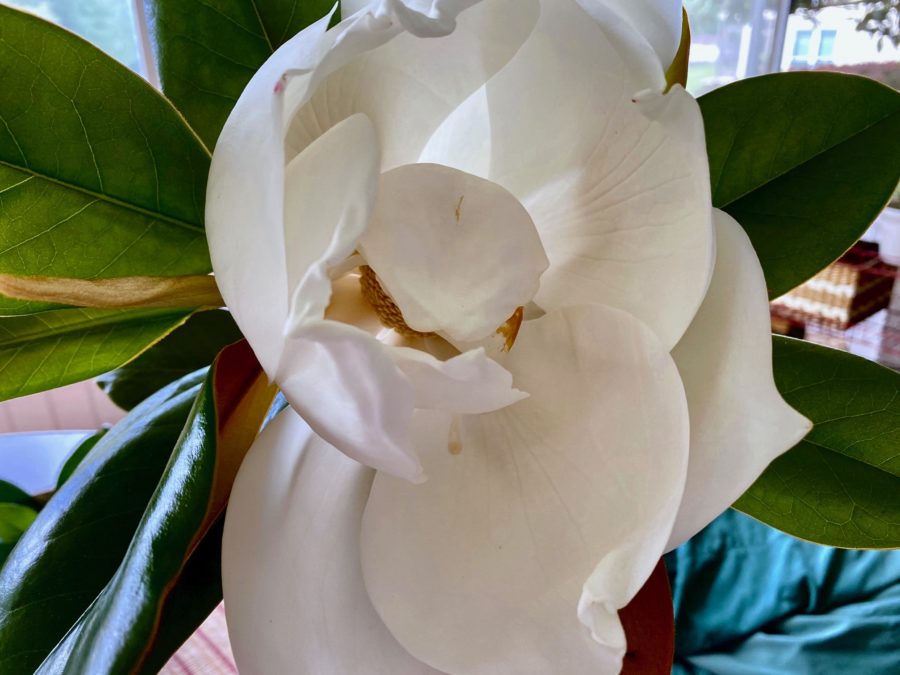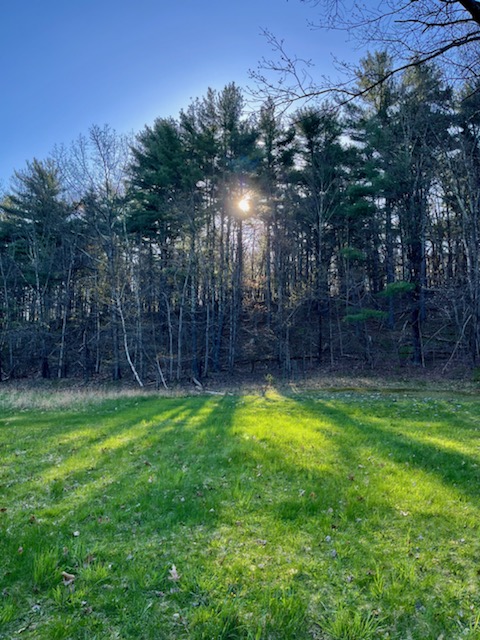
What if we knew absolutely that every breath brings us into direct connection to our soul? What if we knew that our heart and soul are leading us exactly where we are meant to be? What if the unknown were nothing more than the next step?
I said to my soul be still
What if in that moment, we breathed into the unknown and recognized that our heart is taking us where we are meant to be going, and our body is present to be in company with the heart’s desire? What if the dreams we have are whisperings of our soul’s longings? What if we know that longing is our guidance system for our highest and greatest good? If we knew that in every part of our being, then our fear would simply be a caution light that’s going off to alert us.
Our bodies are whisperings and wanderings of our life experience.
If we truly knew we could infuse our body with light, and as we light each cell we create more pleasure. The pleasure then aligns with more joy, which is a combustion engine of love. Love is being open to receiving. Love is the true direction of fullest presence.
So what did my past experiences of living in a house of fear and hiding teach me? It taught me that coming out of hiding is my truest destiny. I was directed to work with the breath as my teacher to the great potential of our fullest expansion.
Most of us cannot stay there all the time. We have life to teach us. We have bodies to teach us.
But what if we truly know in every moment we can breathe ourselves into presence and receive the love that is our divine birthright?
This is the teaching I have received so far in this lifetime. I am open to being a student of this teaching because of my story, not despite it. It provided me with a hunger to embrace the love that my soul has always known. The breath teaches me that the soul and the heart long to be one, and that flow is mine if I am open to it.




